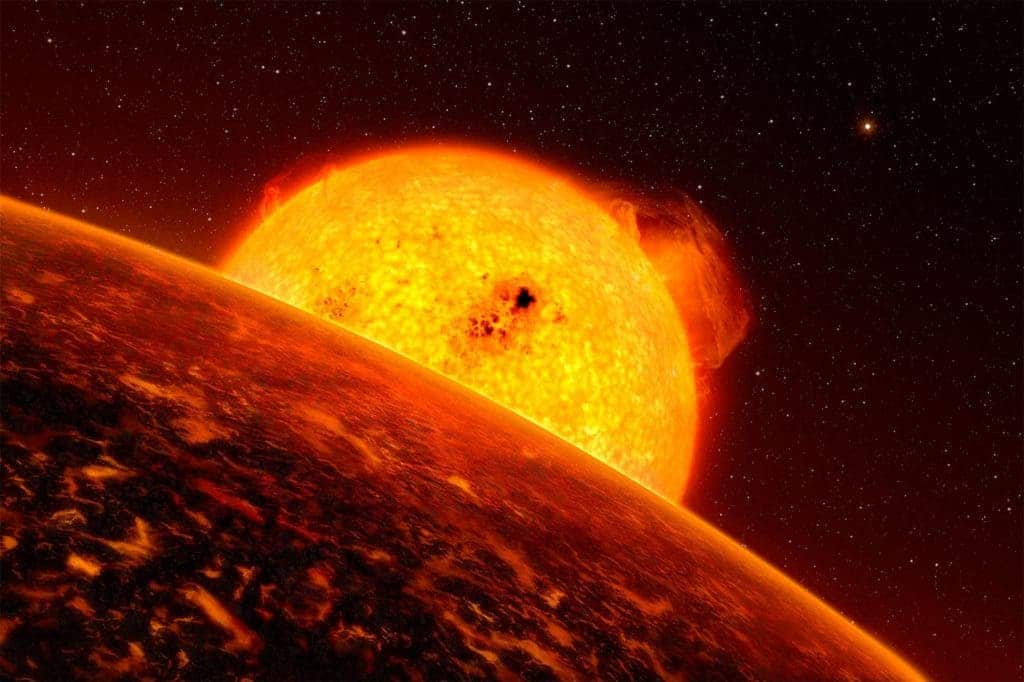Astrophysicists have discovered a new class of exoplanets whose atmospheres and volatile elements have been blown away by the star they’re orbiting. Their findings help cover a previously uncharted gap in planetary populations and offers valuable insight for locating new worlds to colonize.

Image credits: ESO/ .Calcada
There’s an old Latin saying along the lines of “dosage makes the poison,” and that holds true even on immense scales. Planets are on the receiving end of a huge amount of energy emitted by their host star as heat, radiation and charged particles — commonly known as solar winds. Earth sits comfortably in the Goldilocks zone, close enough to the sun so it won’t freeze over but not too close, so it doesn’t bake and burn. It’s also far enough from the sun to allow its magnetic field to effectively repel much of these particles and radiation. But not all earth-like planets are so fortunate.
By using data from NASA’s Kepler space telescope, astrophysicists from the University of Birmingham have discovered a new class of ‘stripped’ rocky planets. These Earth-like planets orbit very close to their stars, and are subjected to a torrent of high-energy radiation and extreme temperatures. Over time, this heat causes the volatile substances in the rocks to escape into the atmosphere. Radiation, in turn, strips the outer gaseous layer, leaving only a shrunk rocky core exposed.
‘For these planets it is like standing next to a hairdryer turned up to its hottest setting,” said Dr Guy Davies, from the University of Birmingham’s School of Physics and Astronomy. “There has been much theoretical speculation that such planets might be stripped of their atmospheres. We now have the observational evidence to confirm this, which removes any lingering doubts over the theory.’
The team used asteroseismology to characterize the stars and their planets they were investigating much more accurately than ever before. Asteroseismology uses the natural resonances of stars to reveal their properties and inner structures.
The findings are important in helping us understand how stellar systems evolve over time. It also highlights the crucial role the host star plays in shaping the planets orbiting it.
Dr Davies added: ‘Our results show that planets of a certain size that lie close to their stars are likely to have been much larger at the beginning of their lives. Those planets will have looked very different,’ Dr Davies added.
The full paper, titled “Hot super-Earths striped by their host stars” has been published online in the journal Nature Communications and can be read here.
Was this helpful?



